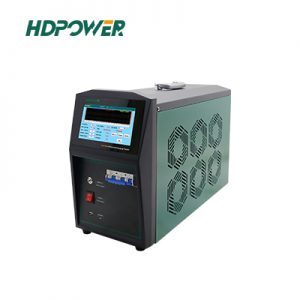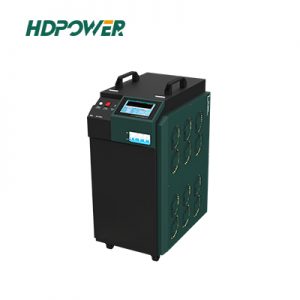Role of Batteries in Communication Power Supply Systems
Communication power supplies are critical for ensuring uninterrupted communication. Within the power supply system, batteries serve as the final guarantee for stable and reliable operation. The quality of this system directly impacts communication network security and operational integrity. Power supply failures may degrade call quality and data transmission at minimum or cause full interruptions, resulting in system shutdowns, societal disruptions, and significant economic losses. Analysis of battery operational status, inherent limitations, and failure statistics underscores the top priority of battery technical maintenance.
Importance and Challenges of Battery Maintenance
With technological advancements, valve-regulated sealed lead-acid batteries (VRLA batteries) have gained widespread adoption due to advantages like lightweight design, compact size, absence of acid mist pollution, and minimal maintenance. These features have led to their replacement of traditional acid-proof explosion-proof batteries.
However, VRLA batteries face inherent limitations, including challenges in capacity testing and discharge verification. Specifically, capacity issues cannot be easily assessed without specialized tools, such as a Battery capacity tester or a Battery discharge tester. Factors like design, manufacturing defects, float charging voltage settings, and operating temperatures contribute to problems such as active material shedding, degradation, and sulfation. These can cause capacity loss, voltage imbalances, and underperforming cells, posing safety risks. For instance, failures in discharge capacity during grid outages highlight the critical need for reliable testing with a Battery discharge tester to avoid catastrophic incidents.

VRLA batteries have a design lifespan of 10–15 years, with some models lasting up to 20 years. Their adoption is driven by benefits like compactness, environmental friendliness, and reduced maintenance needs.
Yet, issues in telecommunications use often lead to premature failure, causing frequent communication outages that threaten power supply reliability. Proper maintenance can extend battery life, but shifts toward centralized monitoring and reduced staff require advanced methods. Traditional approaches no longer suffice; thus, efficient and accurate assessment tools are essential. A Battery capacity tester and a Battery discharge tester provide key solutions for comprehensive evaluations within current maintenance models.

Battery Maintenance Methods
Maintenance of VRLA batteries centers on controlling environmental temperatures and managing charging/discharging processes, which include float charging and equalization charging.
1.Float charging operates in parallel with switch-mode power supplies during normal mains operation, using manufacturer-specified voltages (typically 2.23V per cell) to support self-discharge and oxygen recombination. Crucially, this voltage cannot recharge batteries after discharge, necessitating supplemental charging via equalization.
2.Equalization charging increases voltage to 2.35–2.40V per cell at currents ≤0.10C 10A, controlled by switch-mode power supplies.
To implement these methods effectively, adhere to the following guidelines:
1.Temperature control: VRLA batteries are highly temperature-sensitive. Prolonged operation above optimal temperatures can halve lifespan for every 6°C increase. Install them in air-conditioned rooms with heat-dissipating arrangements. Float charge voltage must compensate for temperature changes automatically.
2.Voltage regulation and charging: Electrolyte depletion cannot be addressed by adding distilled water, accelerating capacity decline. Strictly follow manufacturer-recommended float charge voltages. For equalization charging, employ low-voltage current-limited charging (≤2I10 current) to minimize loss. Use a Battery capacity tester to monitor capacity and prevent failures.
3.Regular inspections: Check battery casings for leaks, deformation, loose connections, or corrosion. Address abnormalities promptly to sustain performance.
4.Capacity verification: Since electrolyte density cannot be measured, annual capacity tests are essential for accurate assessment. The most feasible approach is using a Battery discharge tester; this identifies lagging cells during discharge by detecting the fastest voltage drop. A Battery capacity tester can estimate capacity through data collection on voltage and current during charging/discharging.
5.Adopt advanced technologies: Improve maintenance with innovations like a Battery discharge tester to balance overcharged batteries and extend lifespan. Utilize tools such as a Battery capacity tester for capacity estimation via short-term charging/discharging measurements. This supports higher standards and reliability.





